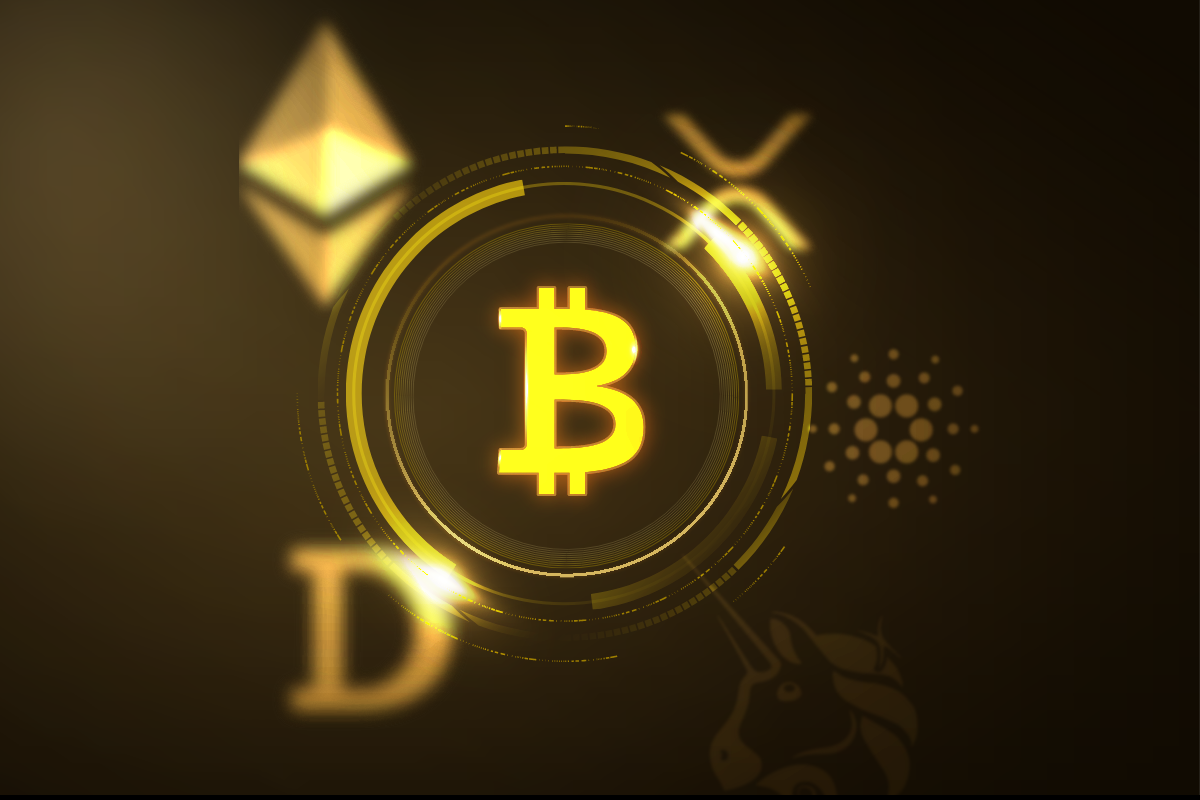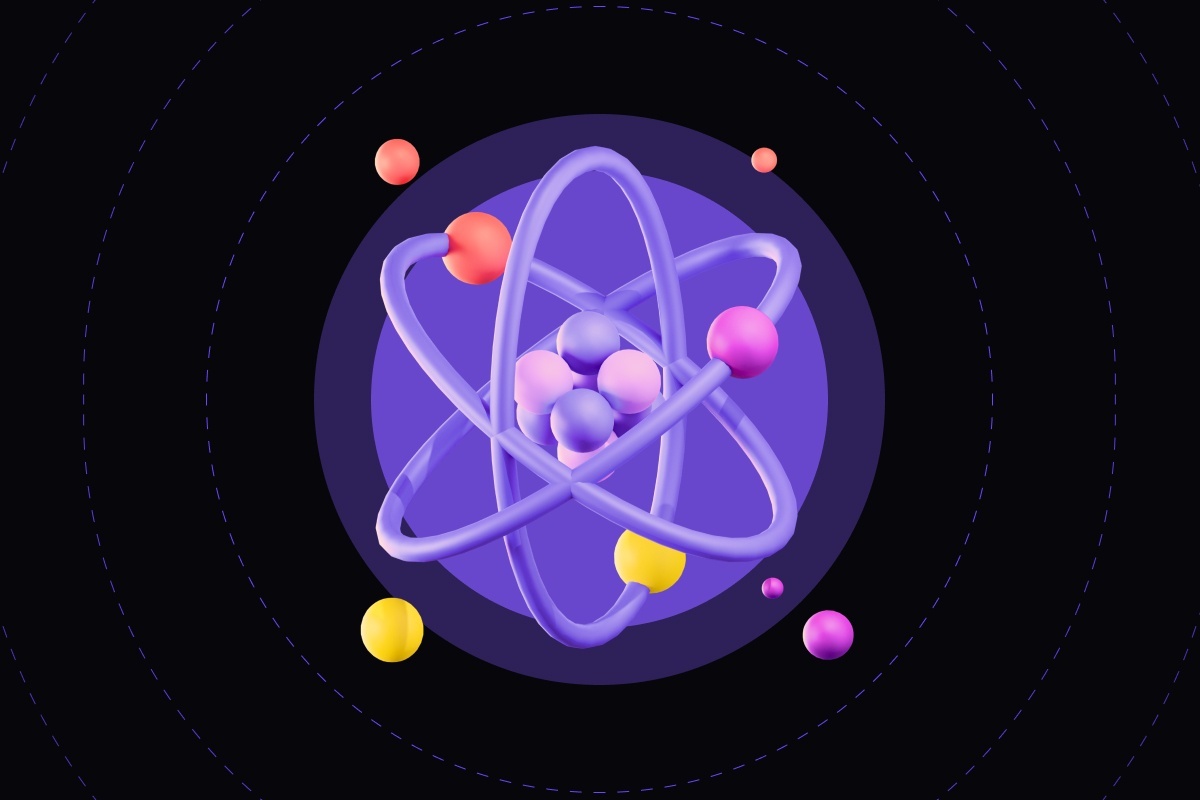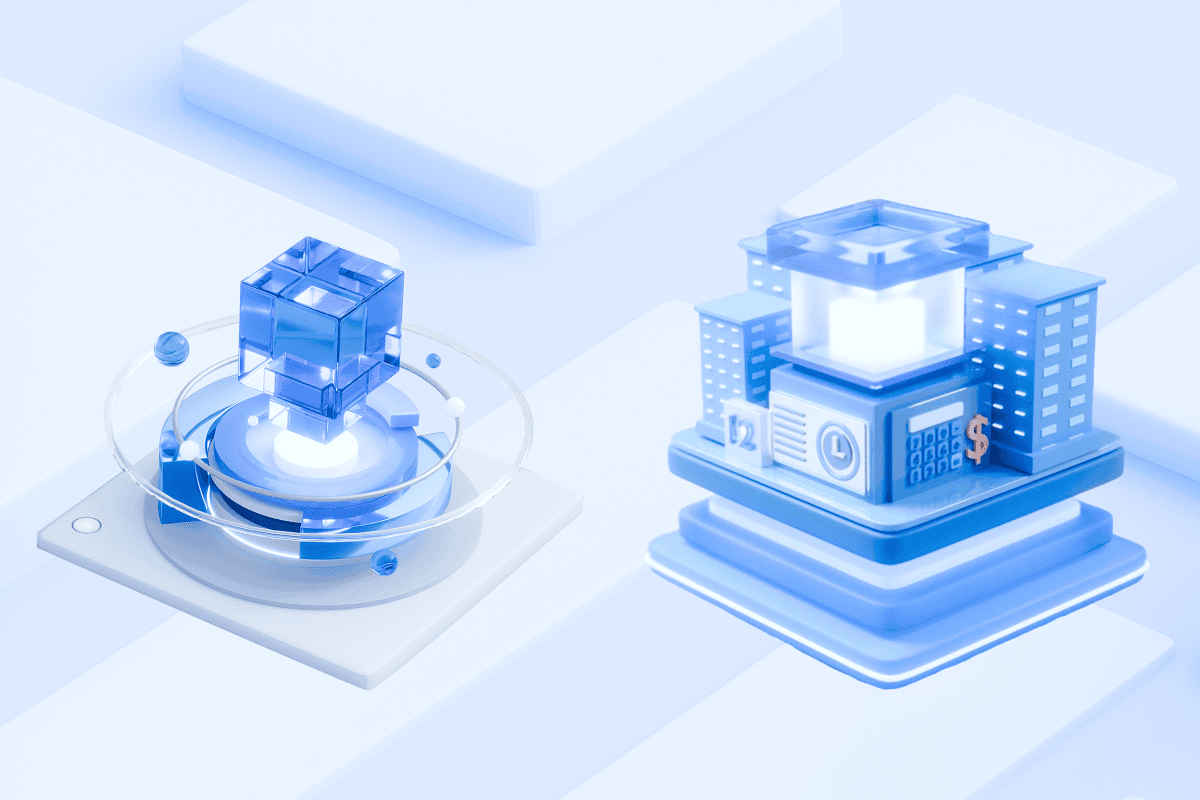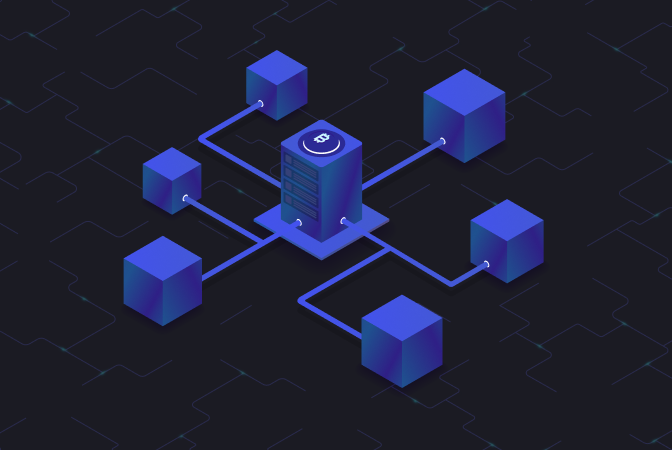SHARE THIS ARTICLE
What is Bitcoin Mining?

What is Mining?
The mining is considered as the most exciting and vital concept in Bitcoin. Mining is the operation by which new transactions are annexed to the so-called “blockchain.” The mining process is not only restricted to bitcoins but also applies to all other blockchains that rely on Proof-of-Work (PoW) consensus. The people who are participating in the mining process is called “miners.” The process demands dedicated mining hardware, and thus, not all nodes are involved in mining.
How Mining Works?
Transaction validation is often questioned in Bitocin and Ethereum as they are a decentralized system. In POW, the one with the highest computational power is allowed to approve the transaction. But it is difficult to find the node with the highest computational power. This is because it requires a central entity to make the decision which is not possible in case of P2P application like Bitcoin. So, to solve this problem, the protocol allows all nodes to compete with each other to solve a cryptographic puzzle. The node with the highest computational power has a better chance to address first. The node that explains first proposes their blocks to others, and the miner gets credited with a block reward when someone accepts it. Hence, the protocol is selecting the node with the highest computational power implicitly. And the same process is repeated for every new block.
In Bitcoin blockchain, every transaction is broadcasted in the network. The miners follow and engage in transaction verification. Miners verify when the transactions are not performed, and they have to maintain the latest version of the blockchain. So, the miners assemble a new block and add the verified transactions to it. Eventually, they can solve the cryptographic puzzle. So, what do miners do? The mission is to discover a hash value for the header of the newly assembled block.
What is a Block Header?
A block header includes the following details:
• Hash of the previous block
• Merkle root
• Nonce
How to Find a Hash Value?
It is easy to find a hash value using a hashing algorithm. Bitcoin uses the SHA256 hashing algorithm. Every node can do that. Hence, a difficulty level is connected with it, to make the nodes compete with each other. The difficulty level is evaluated by how tough it is to find the hash value within a given target set. The difficulty level decreases the set of hash values that a block can have. If the difficulty level is not there, then a block can have any of the hash value within the super large set of 2^256 possibilities. By linking a difficulty level, the target set is reduced.
How to Define the Difficulty Level?
The difficulty level is stated in terms of some zeroes. Here, the discovered hash has to be less than the difficulty level.
How to Check the Difficulty Level?
The nodes find different hash values and checks whether it satisfies the required difficulty. Since the data of a block remains the same, the hash algorithm always returns a similar output. Therefore, the only possibility to try out distinct hash values is by connecting a nonce, which is an arbitrary string of 32-bit length, with a block header. So, in conclusion, the mining process is a process of finding a nonce that provides a hash value less than the entailed difficulty level.
How is Difficulty Level Adjusted?
The difficulty level is adjusted after every 2016 blocks. This gives each block a bandwidth of 10 minutes on average. If more nodes are involved in mining and the new blocks are mined more frequently than 10 minutes, then the protocol increases the mining difficulty for the next 2016 blocks.
How are Blocks Rewarded?
Block rewards are offered to promote trustworthy miners. But, how does the miner gets a reward and who gives this reward? The miners add the first transaction at the time of creation of block. This special transaction allows miners to generate new coins and then credit it to themselves. Such transaction is known as ‘coinbase transaction.’ This is the only transaction where the input is blank as the coins are freshly minted. Also, this is the first transaction in every block.
How are Blocks Proposed to others?
Irrespective of their success on finding the hash, every miner adds the special transaction to the block they assemble. The block is proposed to others when they find out the hash. Now, the proposed block and the ‘coinbase transaction’ are valid only after receiving approval from others. So, to understand in a more straightforward way it is like, person A has minted $10 and paid it to themselves, which is illegal at the moment. Now, person A will hard and find something useful for society. If they succeed in that, society considers their coins are legal.
This is the only way new coins are added in the bitcoin economy. For bitcoin, the reward is halved every 210,000 blocks or roughly every four years. Currently, it is 12.5 BTC. The rapid rise of blockchain and bitcoin app development has created a skill shortage as the demand for bitcoin blockchain developer far outstrips the number of experienced individuals who can undertake the tasks the companies are working on. Fortunately, our blockchain programmers provide reliable support and quick deployment for ongoing projects. Hence, if you are looking to hire bitcoin blockchain developer for bitcoin app development, then you can contact us.
Post Author

Explore Deep's insightful blog posts that help businesses stay ahead of the curve, explore new possibilities, and unlock the full potential of blockchain technology



